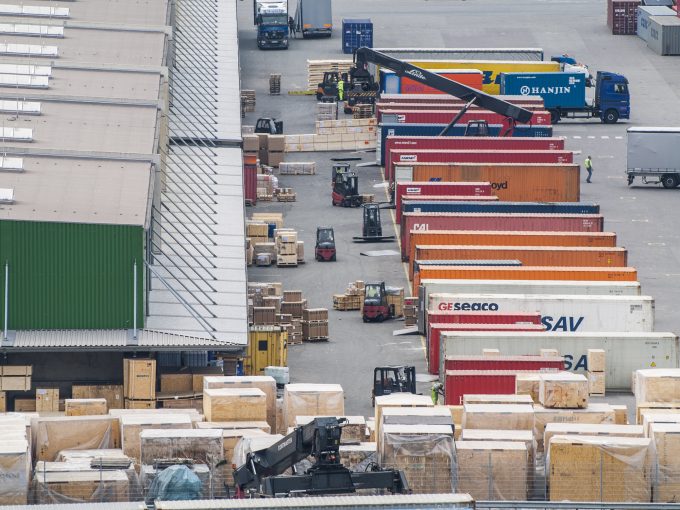'Doomsday scenario' for forwarders just a post-Covid rate drop blip
The “disappointing results” in Transport Intelligence’s (Ti) Global Freight Forwarding Market Report are a consequence of ...

As freight forwarders gathered in a plush London hotel yesterday, the talk at the London Freight Club annual bash was that soaring rates had pushed NVOCCs to make certain that containers were full.
In the past NVOCCs and freight forwarders would push out containers sometimes only half full, as the cost of freight was so low that the impact was minimal. However, with freight rates now hitting unparalleled levels, those days are over.
“We can’t afford to send out boxes with just ...
Maersk Air Cargo sees volumes fall as it aims for 'margin in favour of revenue'
Keep our news independent, by supporting The Loadstar
Container spot rates diverge: to Europe still falling, but firmer to the US
Hapag-Lloyd won't take bookings if port congestion leaves cargo stranded
Ecommerce likely the front-runner in resurge of transpacific trade after deal
Volume surge and an early peak season? 'Don't celebrate too soon,' warning
China-US trade tariff pause could drive a rebound for transpacific rates
Airfreight players eye new routes as demand on the transpacific nosedives
Service chaos from trade ban with India a problem for Pakistan shippers
Airfreight rates ex-China 'loss-making', but hopes of a trade deal stay high
Indian coastal freight attracts major carriers, but regional tension disrupts
Serious threat to jobs in US logistics as tariffs cause economic 'stagflation'


Comment on this article